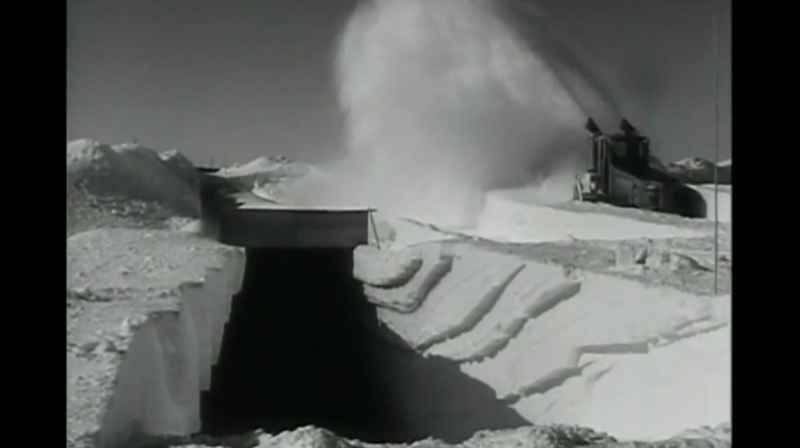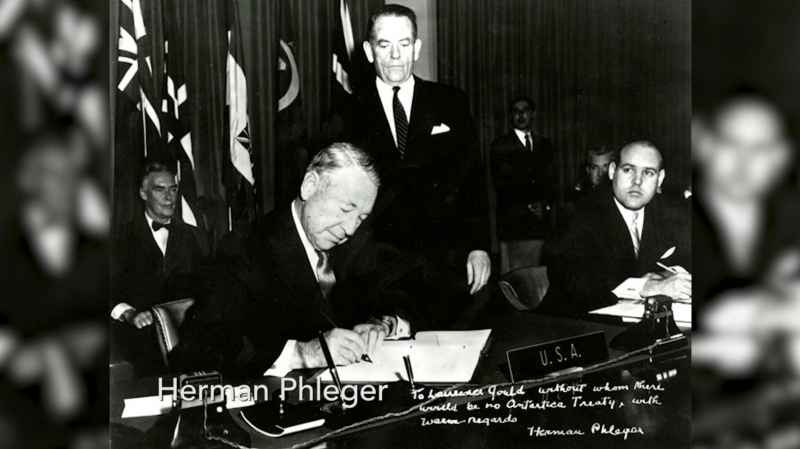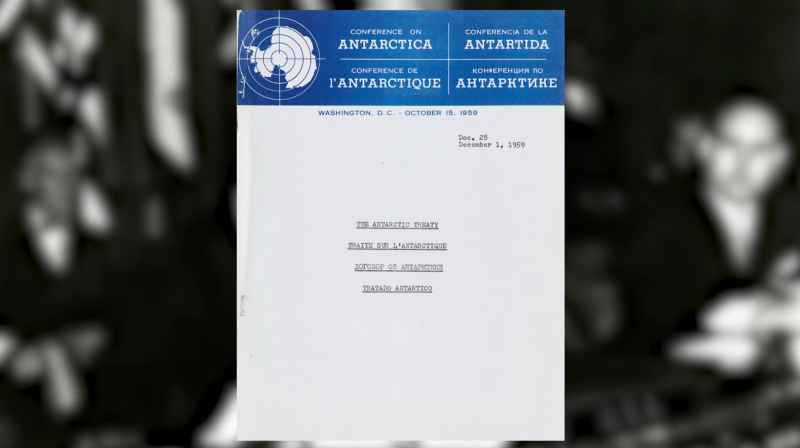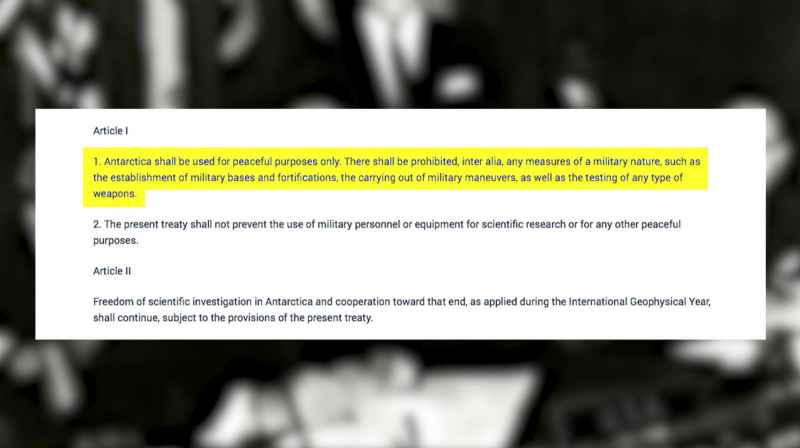The full transcript can be found in the link below:
https://spherebeingalliance.com/blog/transcript-cosmic-disclosure-antarctica-the-new-area-51.html
-----------------------------------------------------------------------
David Wilcock: All right. Welcome to “Cosmic Disclosure”. I'm your host, David Wilcock. I'm here with Corey Goode. Corey, welcome to the show.
Corey Goode: Thank you.
David: Everybody is talking about Antarctica, and your information is that there is a very interesting new finding or series of findings down there, and the more that this goes on, the more you've learned.
So tell us what's new in this whole Antarctica story that we haven't already been covering?
Corey: Well, some of the newest information that I received is information that's going to make some of the military-industrial complex a little nervous.

It turns out that during the 1950s, there was a project called Project Ice Worm, and they were basically in icecaps building launch silos.
This particular one that we have video of occurred in Greenland. Now what's significant about this is that they've used this method of creating under-ice bases all through Antarctica.

They've created mini-bases, but much larger, that have become R&D bases. And these research and development bases are where companies like Lockheed Martin are doing reverse engineering of a lot of the technology they have found under the ice.
This is also how they built some of the early Moon bases and Mars bases – very similar – in a very similar fashion.
David: So you're saying that Lockheed Martin and other groups have bases in Antarctica that are more extensive than what we were led to believe or what you were led to believe in earlier briefings?
Corey: Correct, but what's significant about talking about this publicly is that, I believe in 1959, an Antarctic Treaty was signed.


And in that treaty it was stated that no weapons of war would be developed or used on that continent.

It would be used for peaceful purposes only.
David: Yeah, there actually was something called International Geophysical Year 1959, IGY 1959, and that was when all these things were codified.
Corey: Correct.
David: And that's also when they mapped out what Antarctica looked like under the ice, and you found out that there is a continent with land down there.
Corey: Right, twice the size of the continental United States.
David: Right. So if they are developing weapons systems that contravene an international treaty that's been in place for over 50 years, how does that affect people's perceptions of these defense contractors once this comes out?
Corey: That aside, the scariest thing is that some of the Alliance groups . . . If this information gets out in the public, they will have full reason to set up a blockade – it would be similar to the Cuban Missile Crisis – to set up a blockade of a certain area of Antarctica, and they would try to force these groups to show what's going on inside these R&D bases.
Now, some other interesting information is that they have what they . . . They're referring to this as a part of an Antarctic Area 51.
There is also a very large former Nazi base that was turned over to the military-industrial complex, if you want to say that, more like the shadow government.
And this former German base was used as a secret space program port. It is now a major port – spaceport – for this shadow government.
They use it to fly in and out of the atmosphere all the time. And a lot of these craft will service some of these space stations or fly beyond.
David: We did cover this in another episode, but I'd like to ask you again for this one. What would be the tactical or strategic significance of having a big spaceport in Antarctica? It seems like it's an inconvenient place to travel to.
Corey: Well, it is, but the electromagnetics you have to deal with from the atmosphere and the gravitational field is more conducive, even though they're using antigravity craft.
A lot of the times, when they fire rockets, they try to fire them close to the equator . . .
David: Right.
Corey: . . . for certain purposes. And also, if you're flying a bunch of classified craft in and out of the atmosphere on a regular basis, you know, Area 51, or out in Nevada or Arizona, those places aren't going to cut it. You're going to want a place where you have complete control, and it's very hard for prying eyes to see what's going on.
David: When you mentioned the Earth's electromagnetic field, what is it about the South Pole that makes that more conducive to a launch?
Corey: I guess there's less of the Van Allen Belt effect going on.
David: Okay. There was a very interesting episode of Ancient Aliens, and in this episode they had Linda Moulton Howe, who has a show on Gaia, giving a very interesting insider testimony about a man who was a pilot and who flew in a restricted area and saw a gigantic hole in the ice over Antarctica, and said that craft were coming and going from it.
What does that have to do, if anything, with what you're hearing about what's going on in Antarctica?
Corey: I'm told this area was very close to the spaceport. So, yeah, that is VERY significant, but what also is significant is that he was flying . . . the reason he saw this hole . . . it was in a restricted airspace. He flew over it because it was an emergency, and they were picking up – I can't remember how many – scientists that had disappeared for about two weeks.
And you don't disappear for two weeks in Antarctica and survive unless you have cover and supplies. So these scientists that he picked up were petrified. They'd obviously been told not to talk to anyone. They wouldn't say a word the whole time they flew back to where they were being cared for.
(Continue reading here)
No comments:
Post a Comment